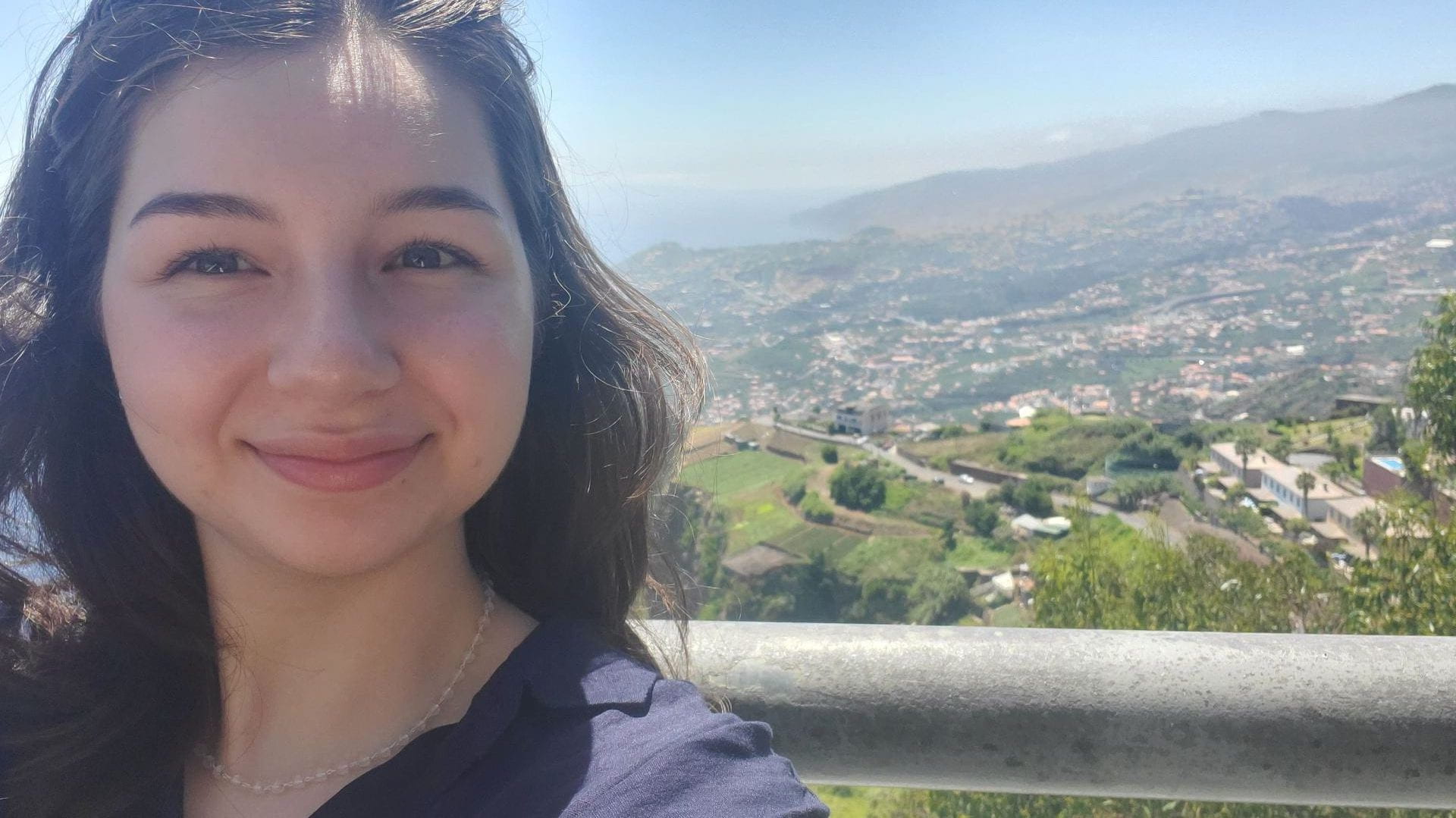Around 1450, Madeira began planting sugarcane, at the time considered a rare spice, and quickly became a large exporter of sugarcane and a popular stop for European traders for this reason. The use of slave labor in sugarcane cultivation was launched on a small scale as a model of production in Madeira in 1452 and is said to be one of the first places to utilize slave labor in this manner. This is possibly due to its proximity to the African coast, a mere 400 km (250 mi) to the Canary Islands and about 520 km (320 mi) from Morocco compared to its distance from Portugal at about 1000 km (670 mi).


The cultivation of sugarcane continued until the 17th century when the majority of sugarcane production moved to Brazil. Since the 17th century, Madeira’s main export has been wine and unsurprisingly is used in many traditional Portuguese dishes.
During the 20th century, Madeira was minimally involved in both world wars. There were a handful of German attacks during WW1, during which Germany declared war on Portugal on March 9th, 1916. During WW2, Portugal was neutral but did agree to take in Gibraltarian refugees on a humanitarian basis, whom they hosted until the end of the war in 1944.
Madeira gained political autonomy on July 1st, 1976 following the Carnation Revolution of 1974, during which a military coup ended a 40-year dictatorship in Portugal, which was also the longest authoritarian regime in European history.
Today, Madeira’s population sits at around 256,000 people, the majority of whom live on the main island of Madeira, with only 5,000 people living on the island of Porto Santo. Of those living on the island of Madeira, a little less than half (105,795) live in the capital of Funchal. The population is predominantly Catholic (96%) and tourism makes up a large part of the Madeiran economy at about 29% of the GDP as of 2019.


